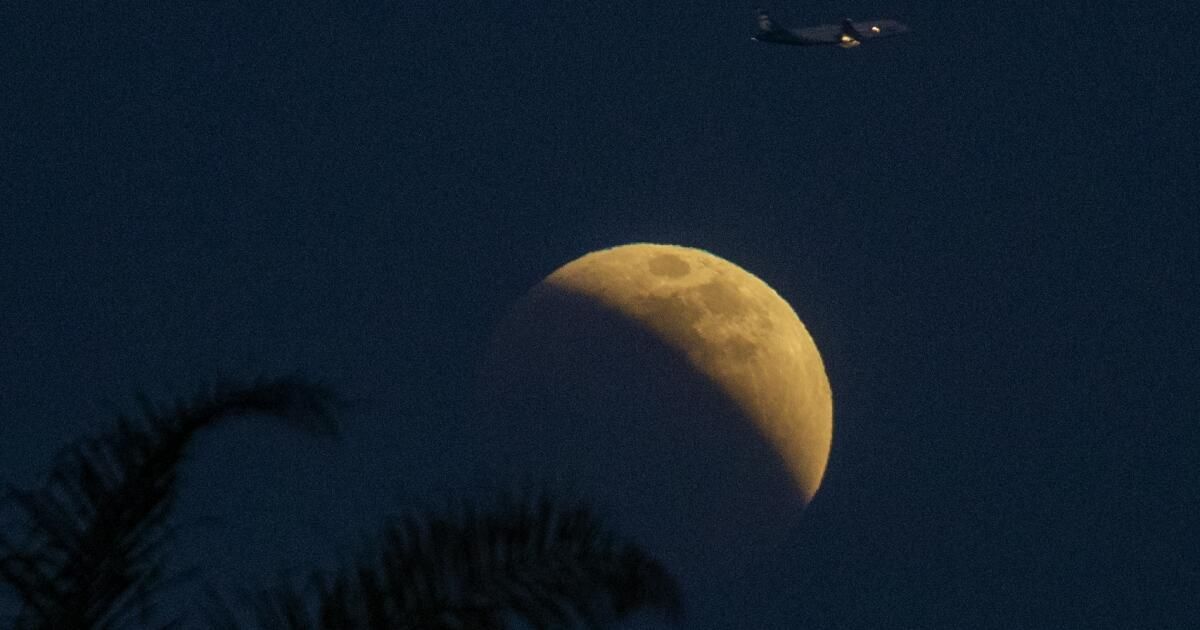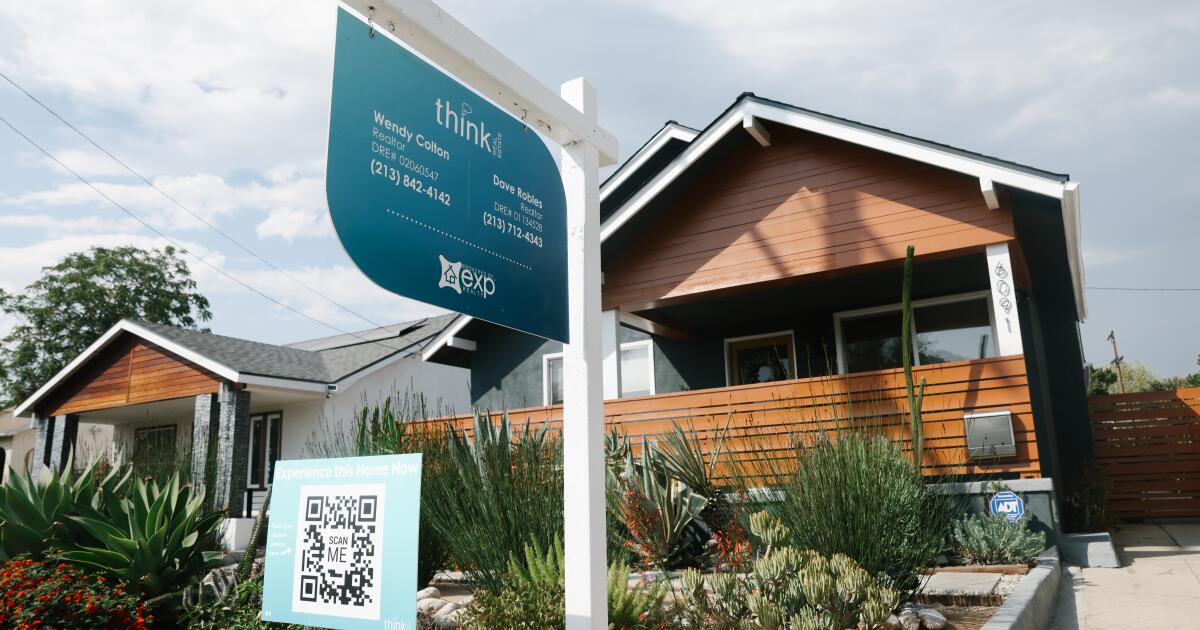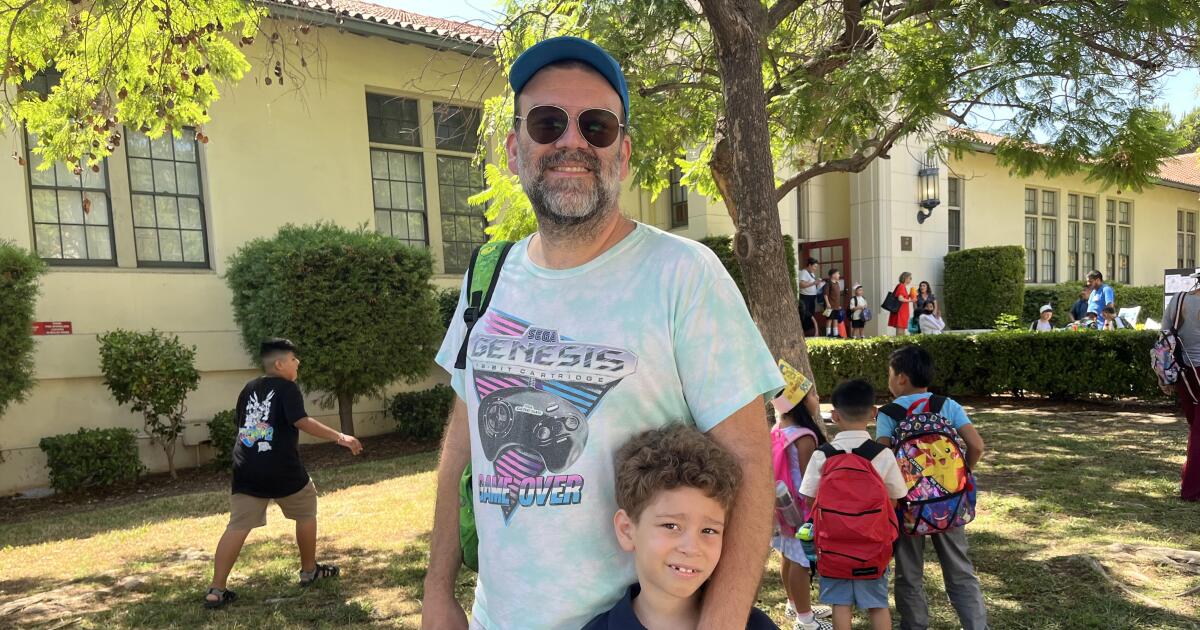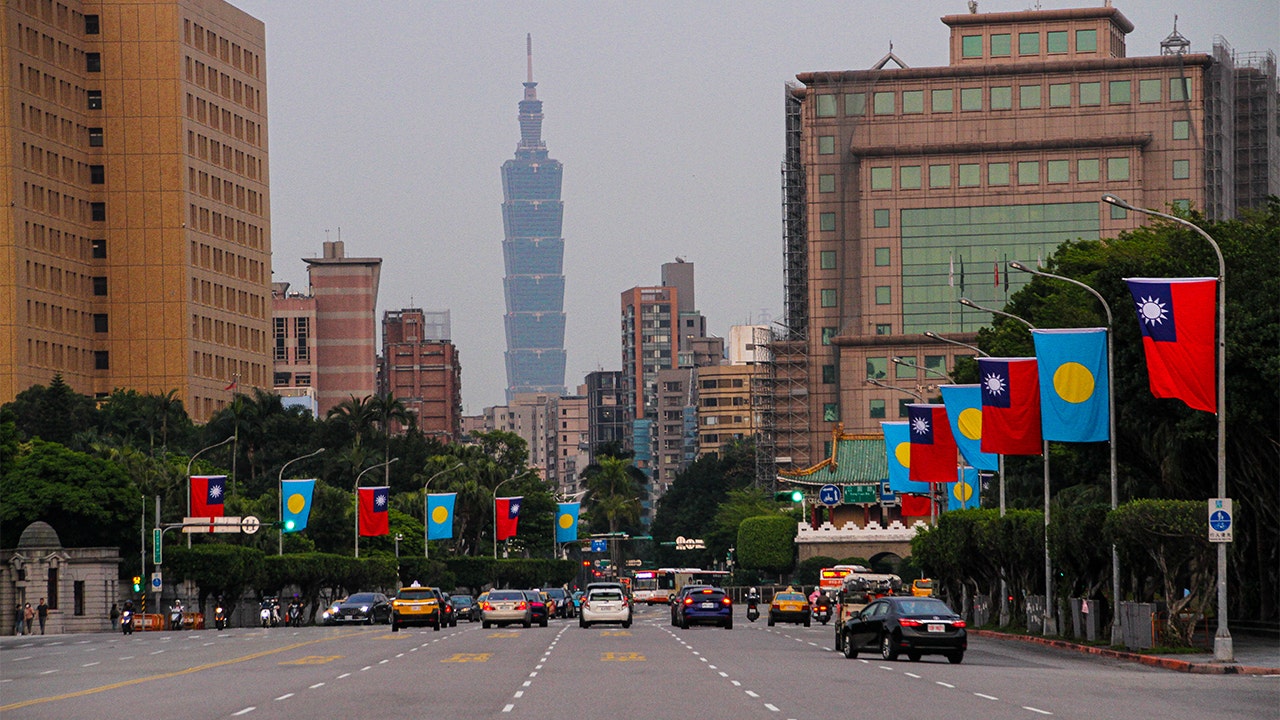The skies will light up Tuesday night with a double lunar phenomenon: the super harvest moon and a partial lunar eclipse.
Supermoons are full moons that appear larger because they occur at the time of the lunar orbit's closest approach to Earth.
According to NASA, that means the Moon appears 30% brighter and 14% larger than when it is at its dimmest.
Tuesday's supermoon is called the Harvest Supermoon because it is the closest full moon to the autumn equinox. The name dates back hundreds of years, when farmers sometimes used moonlight to work later in the evening.
But bright skies aren't the only sight viewers might notice.
The full moon, the second of four consecutive months of supermoons, coincides with a partial lunar eclipse. These occur when the Earth passes between the Sun and the Moon and casts a shadow on the Moon.
In this case, about 3.5% of the Moon will appear obscured by Earth's umbra, a term describing the darkest segment of Earth's shadow.
Unlike the April solar eclipse, no special glasses are needed to safely view this eclipse.
In Southern California, the moon will rise at 6:52 p.m. The largest impact on Earth will appear at 7:44 p.m. and will gradually dissipate over 31 minutes. At 9:48 p.m., the moon will be at its brightest.
Tuesday's moon follows the super blue moon on Aug. 19. The phrase doesn't describe the moon's color, but rather refers to the second full moon to occur in a calendar month.
Experts tend to consider supermoons to be those that are within 90% of the Moon's closest point of approach to Earth.
August's supermoon was about 224,000 miles from Earth. This month's supermoon is a bit closer, at 222,000 miles away.
The next supermoons will be on October 17 and November 15.












